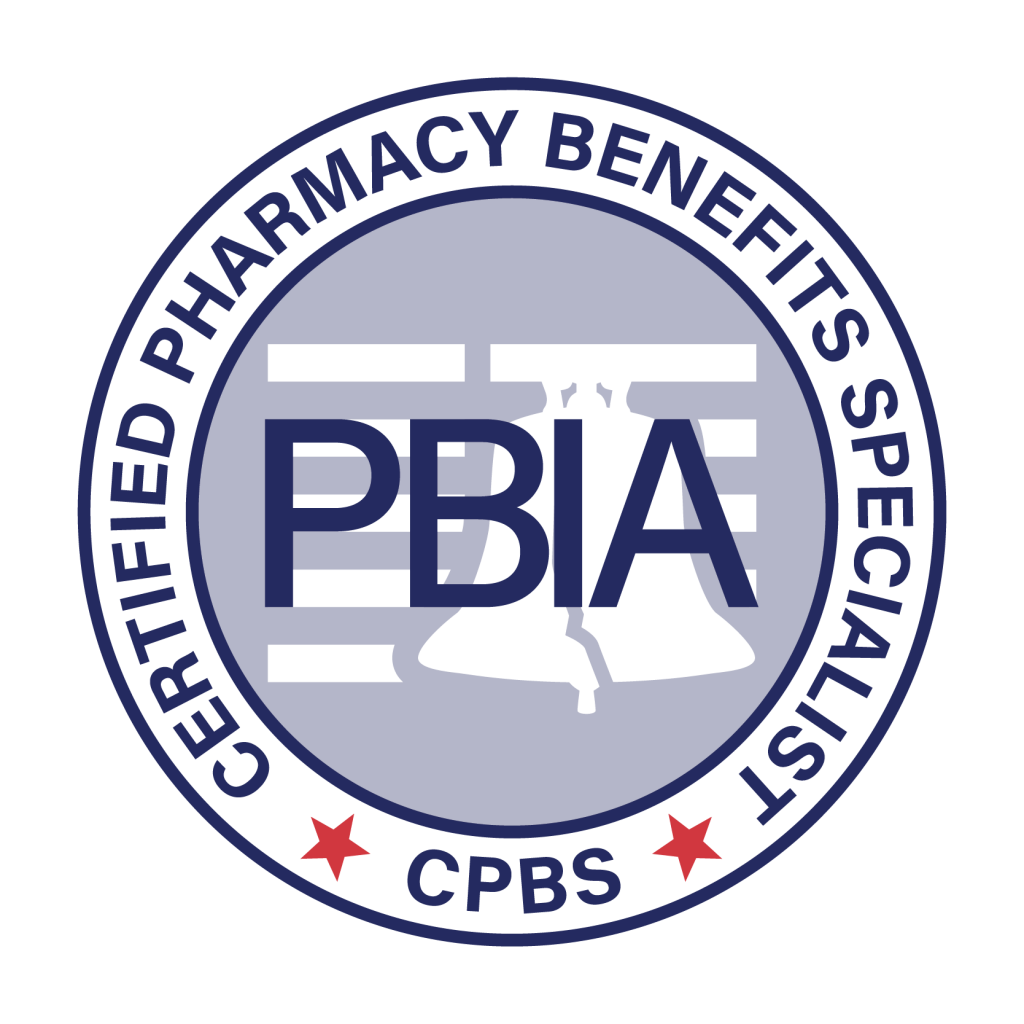Newly launched U.S. drugs head toward record-high prices in 2022 and other notes from around the interweb:
- Newly launched U.S. drugs head toward record-high prices in 2022. Drugmakers are launching new medicines at record-high prices this year, a Reuters analysis has found. The median annual price of 13 novel drugs approved for chronic conditions by the U.S. Food and Drug Administration so far this year is $257,000, Reuters found. They were in good company: seven other newly launched drugs were priced above $200,000. Three other drugs launched in 2022 are used only intermittently and were not included in the calculation. Last year, the median annual price rose to $180,000 for the 30 drugs first marketed through mid-July 2021, according to a study published recently in JAMA. While the Reuters tally does not completely replicate the work of that study, it shows that the direction of new drug prices continues to be on the rise.
- The coming public-private drug pricing divide. The prescription drug pricing reforms included in the health, tax and climate package are limited to Medicare and exclude the millions of Americans with private insurance. Why does it matter? At best, this sets up a two-tiered pricing system for certain drugs, in which employers and enrollees in the commercial market will pay a significantly higher rate than the government in the years to come. And at worst, some employers and experts warn, it could cause drug prices to rise in the private market. House Democrats cleared the legislation on Friday, sending it to President Biden’s desk. Once signed, the law will fulfill Democrats’ decades-long promise to allow Medicare to negotiate prescription drug prices. It also penalizes drug companies that raise prices faster than inflation, forcing them to pay a rebate on their Medicare sales, and limits seniors’ out-of-pocket costs for insulin to $35 a month. But excluding the commercial market from the law’s reach was dictated by political necessity and arcane Senate rules.
- How specialty drug ‘solution stacking’ can rein in pharmacy benefit costs. Brokers and employer groups alike know that 5% to 10% percent of insured workers and their dependents drive 50% to 60% of the cost of pharmacy claims. A few members with prescriptions for a specialty drug with a five-figure price tag can easily represent the majority of an entire group’s pharmacy spend. These drugs are often lifesaving or provide a dramatic quality of life improvement for those who take them. No one would question the necessity of using them. But when a group can mitigate some of the cost without affecting the clinical outcome, it can be a game changer. The broker who unlocks these savings becomes a trusted ally.
- Biosimilars shake up US drug market in 2023 and beyond despite ‘problem of complexity. Despite the glacial pace of biosimilar uptake in the United States so far, their use is expected to cut drug costs by $54 billion over the next decade, noted a presenter at the 2022 Rheumatology Nurses Society Conference. “We think biosimilars will drive down drug costs by about $54 billion over the next 10 years,” Christopher Palma, MD, ScM, assistant professor in the department of allergy/immunology and rheumatology at the University of Rochester, in New York, told attendees. Part of the reason for this optimism, according to Palma, is the expected entry of as many as 11 Humira (adalimumab, Abbvie) biosimilars into the U.S. marketplace through the end of 2023. AbbVie’s blockbuster Humira is currently the highest-grossing drug in the world, netting the company $16 billion in U.S. revenue and $19.8 billion in global revenue in 2020 alone.

